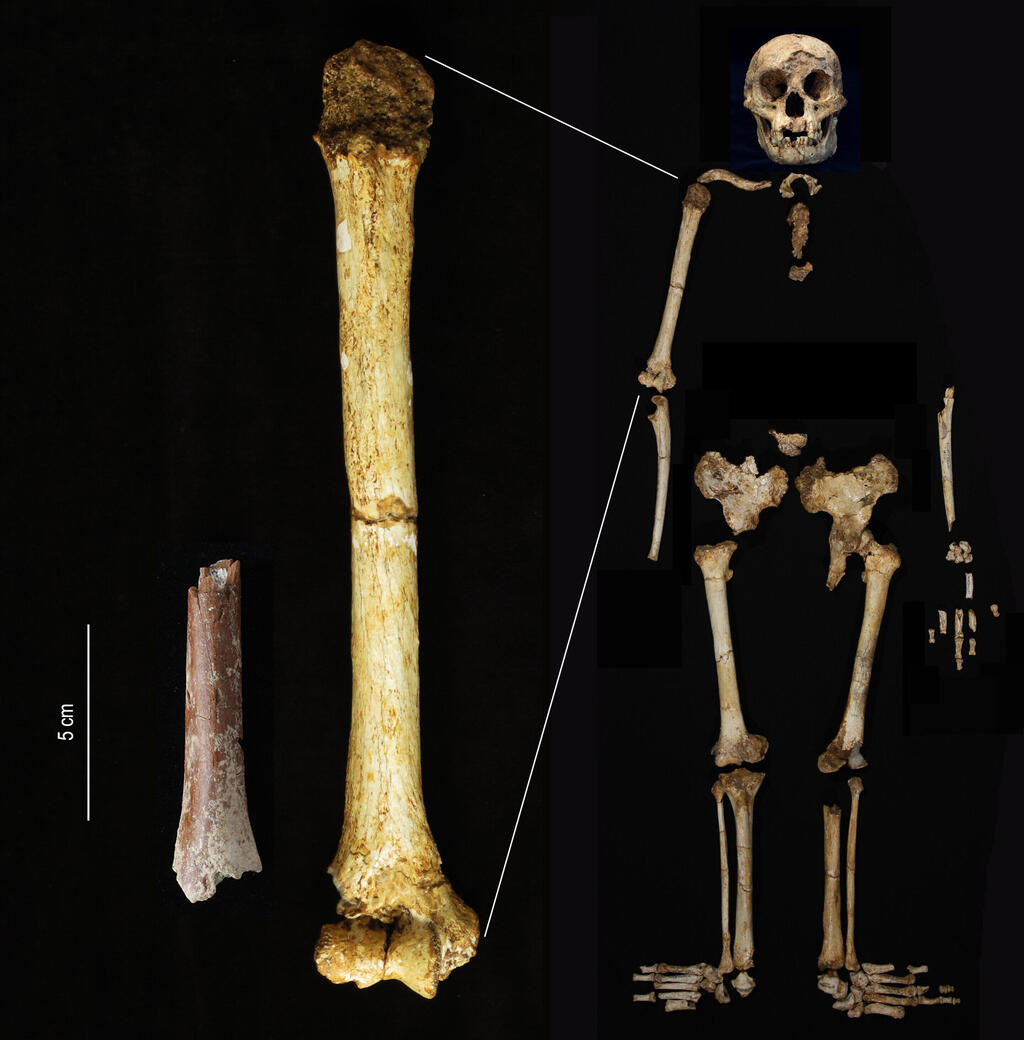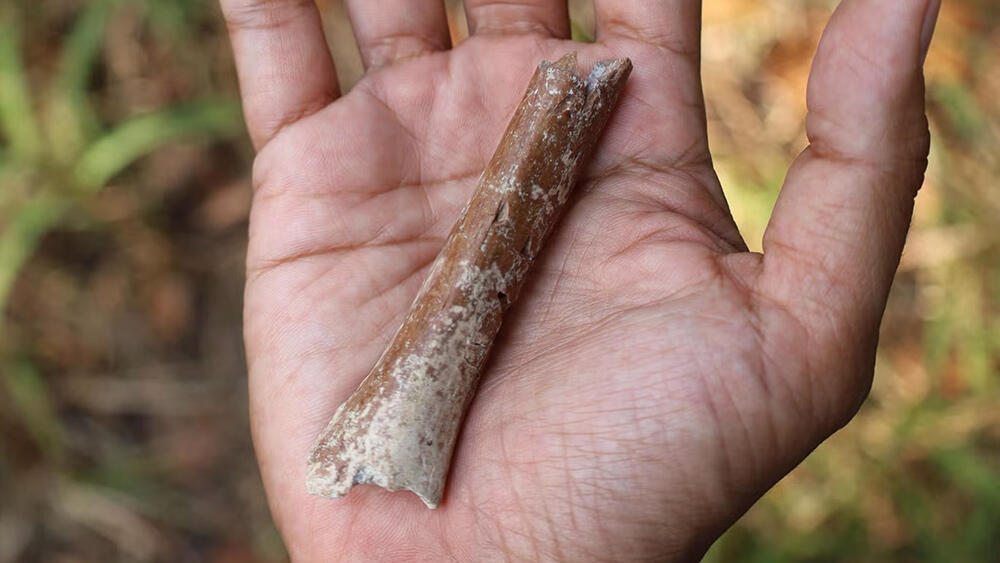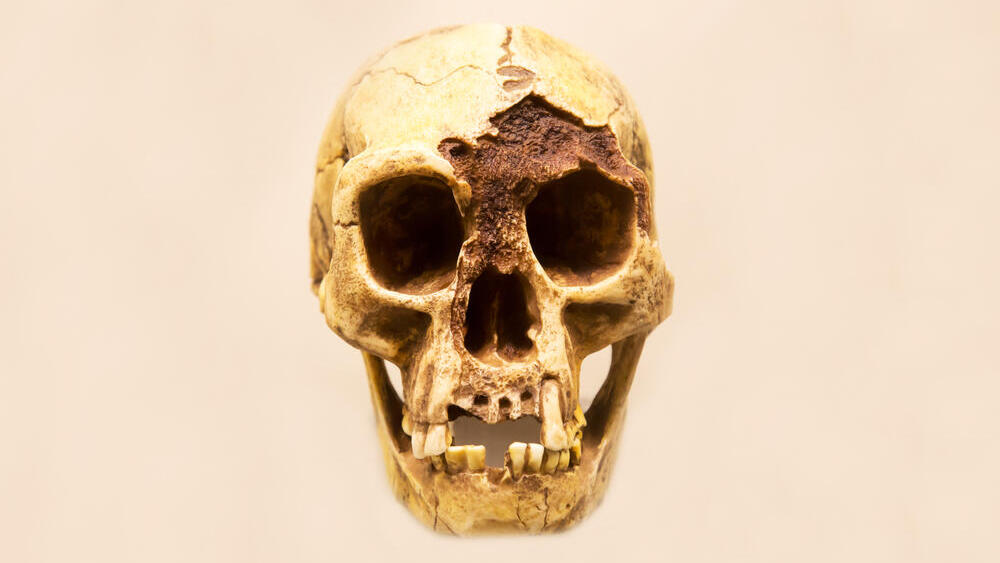Getting your Trinity Audio player ready...
Rare human fossils have been discovered on the Indonesian island of Flores, including a fragment of a particularly small adult arm bone. The new findings, dated to be 700,000 years old, shed light on the evolution of the species Homo floresiensis, nicknamed "Hobbit" due to its short stature.
The discovery began in 2003 when remains of the extinct humanoid species were uncovered in Liang Bua Cave in the western part of the island by a team led by archaeologist Prof. Mike Morwood. Archaeological evidence indicates these short-statured humans inhabited Liang Bua 50,000 years ago, a period when our species, Homo sapiens, had long been established in Australia.
The origins of the mysterious humans from Flores sparked debate, with the initial hypothesis suggesting Homo floresiensis was a descendant of the Asian species Homo erectus. Another hypothesis proposed Homo floresiensis was a remnant of an even older hominin from Africa, predating Homo erectus, and was short-statured — Homo habilis or Australopithecus afarensis.
In a new study published in Nature Communications Journal, led by Prof. Yousuke Kaifu from the University of Tokyo, Iwan Kurniawan from the Geological Survey Center in Indonesia, and Dr. Gerrit van den Bergh from the University of Wollongong, three additional hominin fossils were discovered at Mata Menge, dated to 700,000 years ago.
The new find is the first time bones from below the head were discovered — including a fragment of an adult arm bone (in addition to two teeth). The site where the fossils were found is located 75 km east of Liang Bua Cave. Besides being at least 650,000 years older than the Liang Bua fossils, their analysis shed light on the ancient human species.
By analyzing the arm bone fragment, researchers estimated the hominin stood about one meter tall (39 inches), 6 cm (2 inches) shorter than the estimated height of the Homo Floresiensis from Liang Bua (based on its femur length).
"This 700,000-year-old adult humerus is not just shorter than that of Homo Floresiensis, it is the smallest upper arm bone known from the hominin fossil record worldwide," said Prof. Adam Brumm from the Australian Research Center for Human Evolution at Griffith University, who was part of the research team.
One of the study’s key insights is that this rare sample settles the debate over the Homo Floresiensis’ ancestor and links it to a species that lived on one of Indonesia's islands.
"This very rare specimen confirms our hypothesis that the ancestors of Homo floresiensis were extremely small; however, it is now apparent from the tiny proportions of this limb bone that the early progenitors of the 'Hobbit' were even smaller than we had previously thought,” Prof. Brumm added.
“The evolutionary history of the Flores hominins is still largely unknown, however, the new fossils strongly suggest that the 'Hobbit' story did indeed begin when a group of the early Asian hominins known as Homo erectus somehow became isolated on this remote Indonesian island, perhaps one million years ago, and underwent a dramatic body size reduction over time.”




